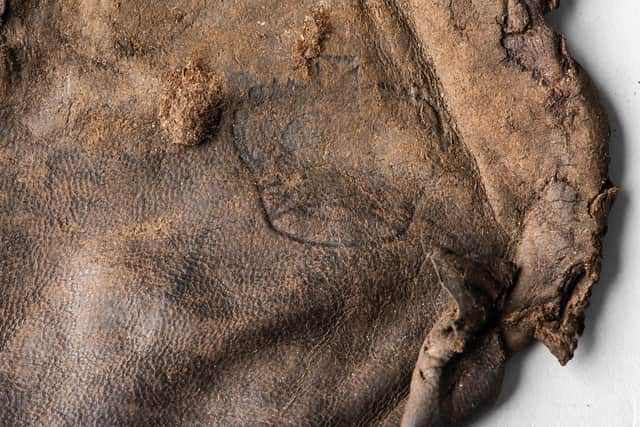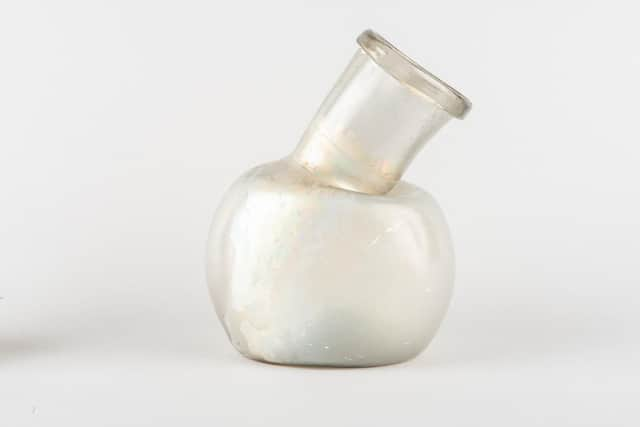The seabed treasures which tell of a future King's shipwreck as he sailed to Edinburgh
HMS Gloucester struck sandbanks off the coast at Great Yarmouth on May 6, 1682, with up to 300 passengers and crew estimated to have died in the tragedy. The future king, who was on his way to Edinburgh to collect his pregnant wife, Mary Modena, from the Palace of Holyroodhouse was on board with a host of Scottish nobility when he chose the route north, resisting calls to sail close to the coastline.
As the ship went down, he managed to escape while others floundered, his role in the disaster long questioned, as was his suitability to succeed his brother, Charles II. Some say James stopped to collect his strongbox of papers – some say his dogs – before leaving the ship in what could have been the near-death of a Catholic heir to the Protestant throne.
Advertisement
Hide AdAdvertisement
Hide AdMany of those who died that night have never been identified, but now some further insight into life on HMS Gloucester has been offered up by the display of new items found among the wreckage by Norfolk brothers Julian and Lincoln Barnwell and their friend James Little some 300 years after the ship went down.


Wine bottles, spectacles, navigation tools and the ship’s bell will go on show at Norwich Castle Museum and Art Gallery as will a urine bottle possibly used by James, then known as the Duke of York, a leather pouch stamped with the Crown and the mouthpiece of a trumpet.
Professor Claire Jowitt and Dr Benjamin Redding of the University of East Anglia and co-curators Ruth Battersby Tooke and Dr Francesca Vanke, of the Norfolk Museums Service, said the artefacts spoke movingly of the tragic events of 1682.
A statement said: “Artefacts rescued from the seabed are displayed for the first time, revealing some of the secrets that this important historic ship has to offer and providing unique insights into the lives and experiences of those onboard.
“It has been a privilege to work with Julian and Lincoln Barnwell and James Little to tell their remarkable story of the wreck’s discovery in 2007.”


Records show three medical professionals were onboard the Gloucester, including James’s personal physician and James Livingstone, personal physician to Sir David Falconer, a senior Scottish judge.
The sinking of the Gloucester came at a particularly sensitive time. In the years before, The Exclusion Crisis sought to exclude James from the thrones of England, Scotland and Ireland given his Catholic faith. Three bills were raised, but none became law. The Duke, believing his place in the succession was secured, headed to Edinburgh to settle his affairs as Lord High Commissioner for Scotland and collect his wife before returning to London to live at the court of his brother. James, the grandfather of Prince Charles Edward Stuart, inherited the Crown in 1685.
A statement from the Barnwell brothers said: “The discovery of the Gloucester has been an incredible adventure for all three of us, and we feel very honoured that this important part of history is being told in such a professional and detailed manner.”
Comments
Want to join the conversation? Please or to comment on this article.